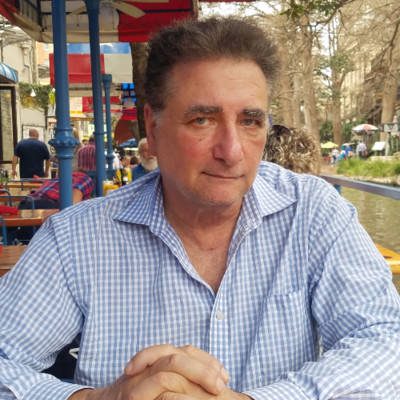- Video Library
- Carl Genberg, N8 Medical - Incorporating Ceragenins into Medical Devices | LSI USA '24
Carl Genberg, N8 Medical - Incorporating Ceragenins into Medical Devices | LSI USA '24

Carl Genburg
With over 13 years of experience as a chief development and scientific officer, I have been leading the research and development of novel solutions to reduce the morbidity and mortality associated with hospital acquired infections. My specialties include infectious disease, FDA regulatory strategy, and biotechnology.
As part of the executive team at N8 Medical, I have been instrumental in advancing our pipeline of products that leverage the unique properties of ceragenins, a new class of antimicrobial agents. I have also contributed to securing multiple patents, grants, and partnerships to support our mission of transforming the standard of care for patients and healthcare providers. My goal is to harness the power of nature and science to create better outcomes and lower costs for the healthcare system.
Carl Genburg
With over 13 years of experience as a chief development and scientific officer, I have been leading the research and development of novel solutions to reduce the morbidity and mortality associated with hospital acquired infections. My specialties include infectious disease, FDA regulatory strategy, and biotechnology.
As part of the executive team at N8 Medical, I have been instrumental in advancing our pipeline of products that leverage the unique properties of ceragenins, a new class of antimicrobial agents. I have also contributed to securing multiple patents, grants, and partnerships to support our mission of transforming the standard of care for patients and healthcare providers. My goal is to harness the power of nature and science to create better outcomes and lower costs for the healthcare system.

17011 Beach Blvd, Suite 500 Huntington Beach, CA 92647
714-847-3540© 2025 Life Science Intelligence, Inc., All Rights Reserved. | Privacy Policy







